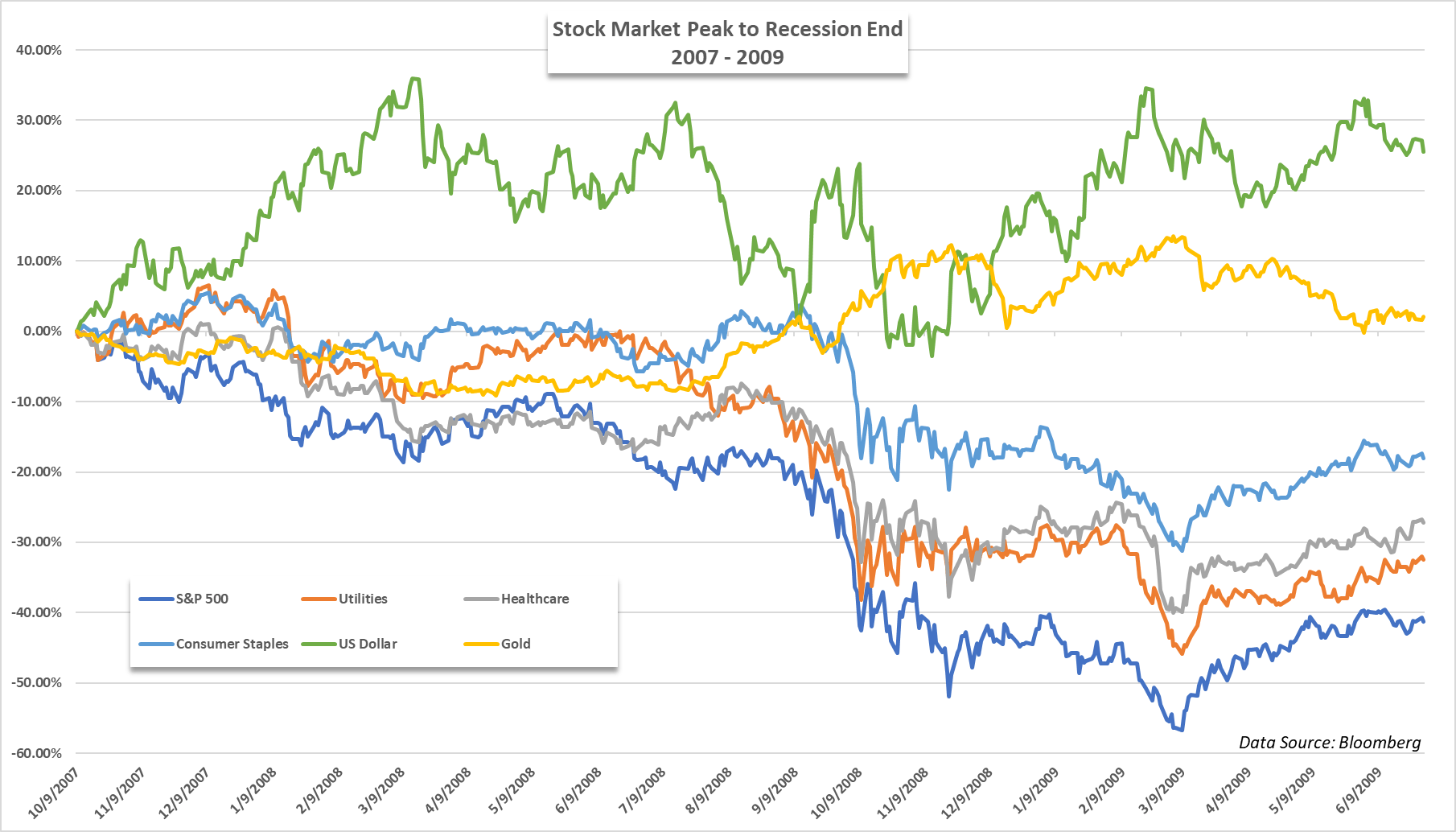
As a new trader, it is normal to lose a lot of money while learning forex trading. But if you persevere, these losses may turn into profits. Keep learning and taking it one at a time. Don't let your self-confidence get the best of you. A beginner can't be trusted, they will make many errors.
Beginners take it step-by-step
Forex traders must be able to understand the basics of trading in order to succeed. An excellent forex trading strategy for beginners will enable traders to determine how much money they can deposit and what they risk before making a deposit. This way, the trader can learn the ropes without fearing the financial risk. A micro forex account allows traders to trade as little at one thousand dollars in order to learn Forex trading.
Forex traders need to open a demo account. This account lets you test out a forex broker's services, trade with virtual money and not risk your own money. A beginner should be able to develop their own trading strategy as well as learn about economic reports from around the world. They can then place orders based off their knowledge of forex market trends once they are able to analyze them. Beginers need to carefully monitor their accounts, and only make investments if they see a profit.

Technical analysis
Technical analysis can be a powerful tool that allows traders and investors to predict the future direction of markets. It analyzes past price movements to identify patterns, and makes trading decisions based upon those patterns. Technical analysis can be described as the movement of markets up, down, and sideways. You can find patterns in past price movements to help you decide where to place and end a trade. Learn forex trading step by step with technical analysis, and you'll be on your way to profitable trades!
You must first learn how forex trading works before you can start to trade. It is based upon a theory called chaotic markets theory. Price action is not random. However, mathematical Chaos Theory predicts that patterns of price action will be consistent. This theory is the basis of technical analysis. Learn more about technical analyses at the School of Pipsology. You'll find a listing of the most used indicators for traders who use them in their daily trading.
Chart reading
The ability to read charts is a fundamental skill for forex trading. Technical analysis is a way to analyze the price movements of the charts. This method is not used by everyone, but many traders are familiar with it. Learn how to read charts and you can predict price trends, as well as determine whether a price reversal will occur. Step by step, learn forex trading with chart reading. This will allow you to make money selling and buying currency.
A common type of forex chart is a line chart. This chart shows the changes in any currency pair over time. It also helps you identify trends and capitalize on them. Knowing how to read a Forex chart is essential for making money on the forex exchange. It's an essential skill for any forex trader. Here are some examples and tips for using forex charts.

Risk management
A key aspect of learning forex trading is risk management. In trading, your goal is to minimize your losses while increasing your profits. Poor risk management results in many Forex traders losing money. If you want to be a successful trader, it is essential that you manage your risk properly. Here are some tips to help manage your risk.
Risk management in forex trading starts with limiting your risk. It might seem obvious, but traders often break this rule. Forex trading is extremely volatile. A single loss can wipe out all of your capital. When you're just starting out in the FX market, it's important to know how to minimize your risks. A trading journal is also a great tool to help you spot and rectify any mistakes that you make when you trade.
FAQ
What age should you begin investing?
An average person saves $2,000 each year for retirement. But, it's possible to save early enough to have enough money to enjoy a comfortable retirement. You may not have enough money for retirement if you do not start saving.
Save as much as you can while working and continue to save after you quit.
The earlier you begin, the sooner your goals will be achieved.
If you are starting to save, it is a good idea to set aside 10% of each paycheck or bonus. You may also choose to invest in employer plans such as the 401(k).
Contribute only enough to cover your daily expenses. You can then increase your contribution.
Can I lose my investment.
You can lose it all. There is no guarantee of success. However, there is a way to reduce the risk.
One way is to diversify your portfolio. Diversification spreads risk between different assets.
Stop losses is another option. Stop Losses are a way to get rid of shares before they fall. This reduces your overall exposure to the market.
Margin trading is another option. Margin Trading allows to borrow funds from a bank or broker in order to purchase more stock that you actually own. This increases your profits.
What do I need to know about finance before I invest?
You don't need special knowledge to make financial decisions.
All you really need is common sense.
Here are some simple tips to avoid costly mistakes in investing your hard earned cash.
First, be careful with how much you borrow.
Don't go into debt just to make more money.
Make sure you understand the risks associated to certain investments.
These include inflation and taxes.
Finally, never let emotions cloud your judgment.
Remember, investing isn't gambling. To be successful in this endeavor, one must have discipline and skills.
These guidelines are important to follow.
Statistics
- Most banks offer CDs at a return of less than 2% per year, which is not even enough to keep up with inflation. (ruleoneinvesting.com)
- 0.25% management fee $0 $500 Free career counseling plus loan discounts with a qualifying deposit Up to 1 year of free management with a qualifying deposit Get a $50 customer bonus when you fund your first taxable Investment Account (nerdwallet.com)
- If your stock drops 10% below its purchase price, you have the opportunity to sell that stock to someone else and still retain 90% of your risk capital. (investopedia.com)
- An important note to remember is that a bond may only net you a 3% return on your money over multiple years. (ruleoneinvesting.com)
External Links
How To
How to save money properly so you can retire early
Retirement planning is when you prepare your finances to live comfortably after you stop working. This is when you decide how much money you will have saved by retirement age (usually 65). You should also consider how much you want to spend during retirement. This includes things like travel, hobbies, and health care costs.
You don't have to do everything yourself. Many financial experts can help you figure out what kind of savings strategy works best for you. They will assess your goals and your current circumstances to help you determine the best savings strategy for you.
There are two main types - traditional and Roth. Roth plans allow you to set aside pre-tax dollars while traditional retirement plans use pretax dollars. It depends on what you prefer: higher taxes now, lower taxes later.
Traditional Retirement Plans
A traditional IRA allows pretax income to be contributed to the plan. Contributions can be made until you turn 59 1/2 if you are under 50. If you want your contributions to continue, you must withdraw funds. You can't contribute to the account after you reach 70 1/2.
If you've already started saving, you might be eligible for a pension. These pensions will differ depending on where you work. Many employers offer matching programs where employees contribute dollar for dollar. Others offer defined benefit plans that guarantee a specific amount of monthly payment.
Roth Retirement Plan
With a Roth IRA, you pay taxes before putting money into the account. You then withdraw earnings tax-free once you reach retirement age. However, there are some limitations. For example, you cannot take withdrawals for medical expenses.
Another type is the 401(k). Employers often offer these benefits through payroll deductions. Employees typically get extra benefits such as employer match programs.
401(k).
Most employers offer 401(k), which are plans that allow you to save money. They let you deposit money into a company account. Your employer will automatically contribute to a percentage of your paycheck.
You can choose how your money gets distributed at retirement. Your money grows over time. Many people take all of their money at once. Others may spread their distributions over their life.
Other types of savings accounts
Some companies offer different types of savings account. At TD Ameritrade, you can open a ShareBuilder Account. With this account you can invest in stocks or ETFs, mutual funds and many other investments. Plus, you can earn interest on all balances.
Ally Bank can open a MySavings Account. You can deposit cash and checks as well as debit cards, credit cards and bank cards through this account. You can also transfer money from one account to another or add funds from outside.
What Next?
Once you are clear about which type of savings plan you prefer, it is time to start investing. Find a reputable firm to invest your money. Ask friends and family about their experiences working with reputable investment firms. Check out reviews online to find out more about companies.
Next, calculate how much money you should save. This is the step that determines your net worth. Your net worth includes assets such your home, investments, or retirement accounts. It also includes debts such as those owed to creditors.
Divide your net worth by 25 once you have it. That number represents the amount you need to save every month from achieving your goal.
For instance, if you have $100,000 in net worth and want to retire at 65 when you are 65, you need to save $4,000 per year.